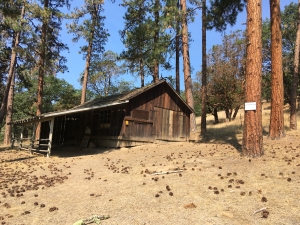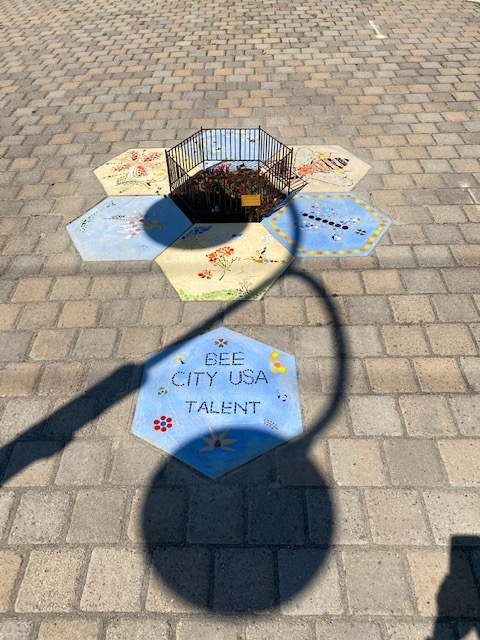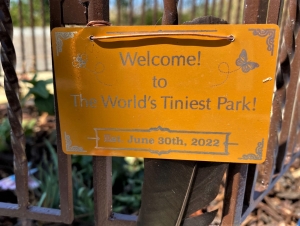Death by Balloon Bomb: The Mitchell Monument
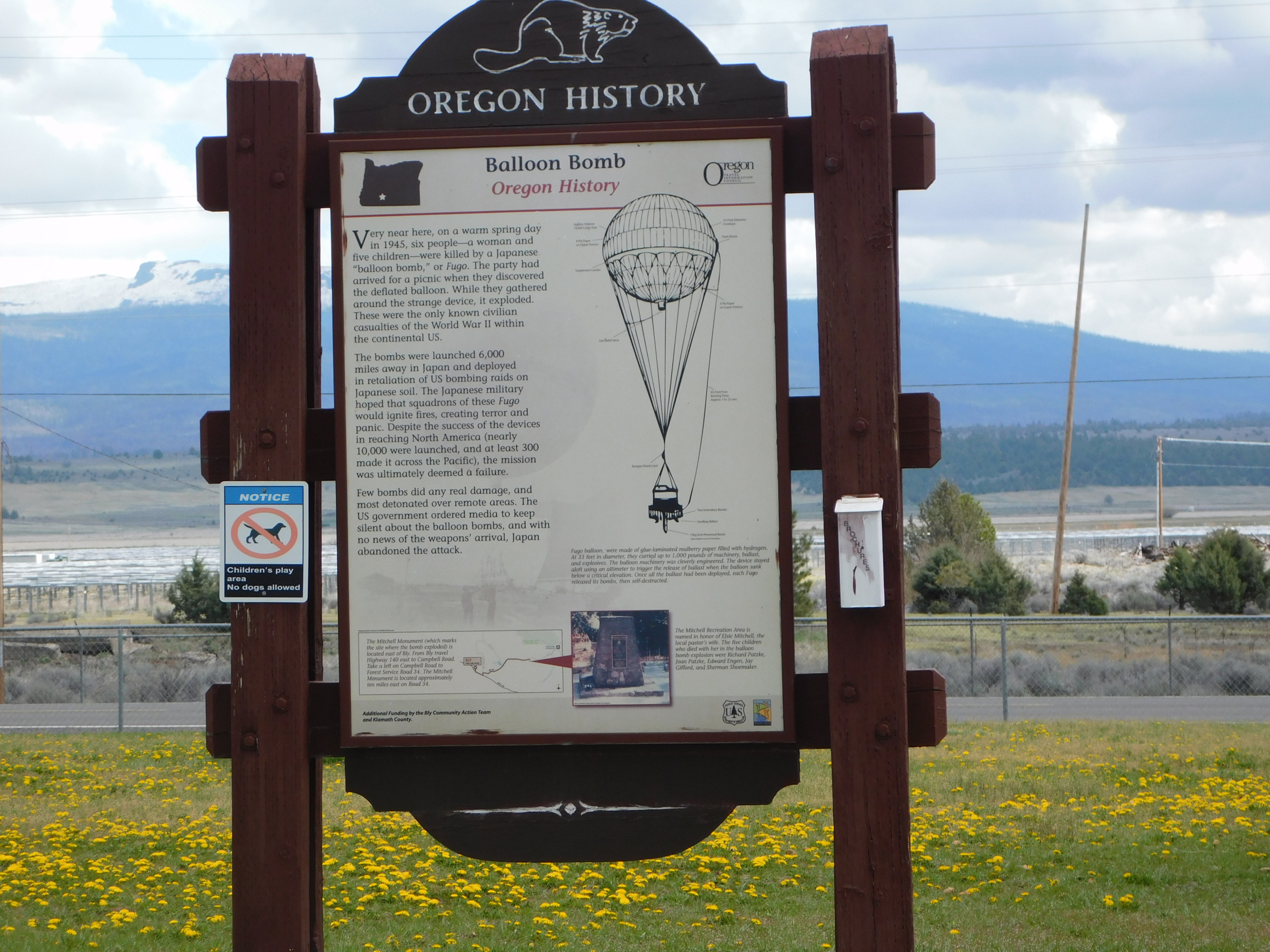 On a trip to Malheur National Wildlife Refuge, we spotted a humble rest stop near the small town of Bly in Klamath County. Rest stops being in short supply on Highway 140, we made a sudden stop. The restroom was flooded in about four inches of water, but Anne coped. In the meantime, Bob was reading a sign posted in the grounds. To our surprise, we learned that this described and provided directions to the nearby location of the Mitchell Monument, which commemorates the location of the only place in the continental U.S. where people were killed due to enemy action during World War II. The victims were the pregnant wife and five children of Bly minister Archie Mitchell, who unfortunately chose this vicinity for a picnic on May 5, 1945.
On a trip to Malheur National Wildlife Refuge, we spotted a humble rest stop near the small town of Bly in Klamath County. Rest stops being in short supply on Highway 140, we made a sudden stop. The restroom was flooded in about four inches of water, but Anne coped. In the meantime, Bob was reading a sign posted in the grounds. To our surprise, we learned that this described and provided directions to the nearby location of the Mitchell Monument, which commemorates the location of the only place in the continental U.S. where people were killed due to enemy action during World War II. The victims were the pregnant wife and five children of Bly minister Archie Mitchell, who unfortunately chose this vicinity for a picnic on May 5, 1945.
The odd cause of their demise was a Japanese balloon bomb. Not something you find in Fred Meyer’s, these bombs were 70 feet tall and filled with high-explosive and incendiary devices. Named a fugo, or “wind-ship weapon,” the first balloons were released on November 3, 1944. The Japanese launched more than 9,000 balloon bombs, of which the remains of 361 have been found in the United States, Mexico, and Canada. This included one that exploded near Medford, but caused no significant damage or injuries. According to local historian Lee Juillerat, a National Register form states that “This particular event and site are the most recognized representation of the use of a Japanese strategic weapon against the United States during a major global war and documents the first use of an intercontinental ballistic weapon in history.” Numerous articles about these balloon bombs may be found online using “Japanese balloon bombs” as search terms. —- Anne
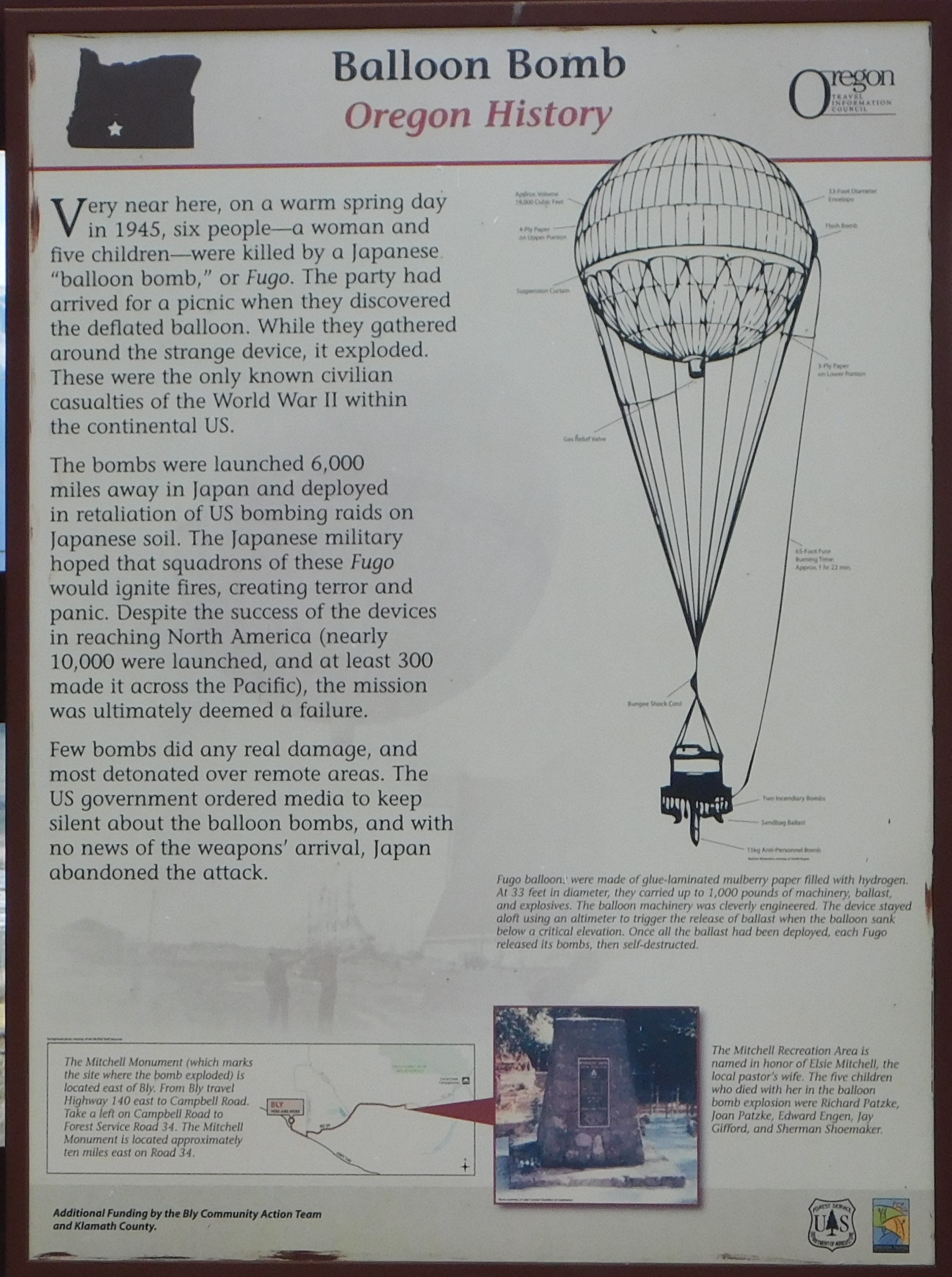 At left, a more legible version of the poster. The one above shows the rather attractive Spring background — greenery, flowers in bloom, etc. If the Japanese had been shown their potential Eastern Oregon target in a picture taken at some other season, they might have abandoned the project. From a local standpoint, the good news is that Spring is about the only high desert season in which you can be reasonably confident that it is rainwater with which the restroom has been flooded.
At left, a more legible version of the poster. The one above shows the rather attractive Spring background — greenery, flowers in bloom, etc. If the Japanese had been shown their potential Eastern Oregon target in a picture taken at some other season, they might have abandoned the project. From a local standpoint, the good news is that Spring is about the only high desert season in which you can be reasonably confident that it is rainwater with which the restroom has been flooded.
Another random mind-misfire — the bomb is a fugo, and I think the intoxicatingly toxic puffer fish prized by the Japanese is a fugu. Imagine bloated spiny fish raining out of American skies as a result of a Japanese military miscommunication. Which reminds me — I was told by a former chemical warfare type that there is a minor impurity in phenolphthalein (look it up) that is an extremely potent laxative. During WWII an Army lab is said to have isolated a substantial amount of the material, albeit with numerous episodes of downtime. The original plan was to drop it in the Tokyo reservoir, but for some reason that was never implemented. They probably would have had to ditch the B-29 used for the mission.
A borrowed picture of the actual monument/location

directions: From Bly travel E on Hwy 140 to Campbell Road (1210). Turn left,
go to Forest Service Road NF 348, turn right and go about 10 miles to the Monument
Once again, we hope that we have slaked your thirst for offbeat knowledge, and equipped you to explore with pleasure and anticipation some the more remote corners of our little piece of the Northwest — Bob

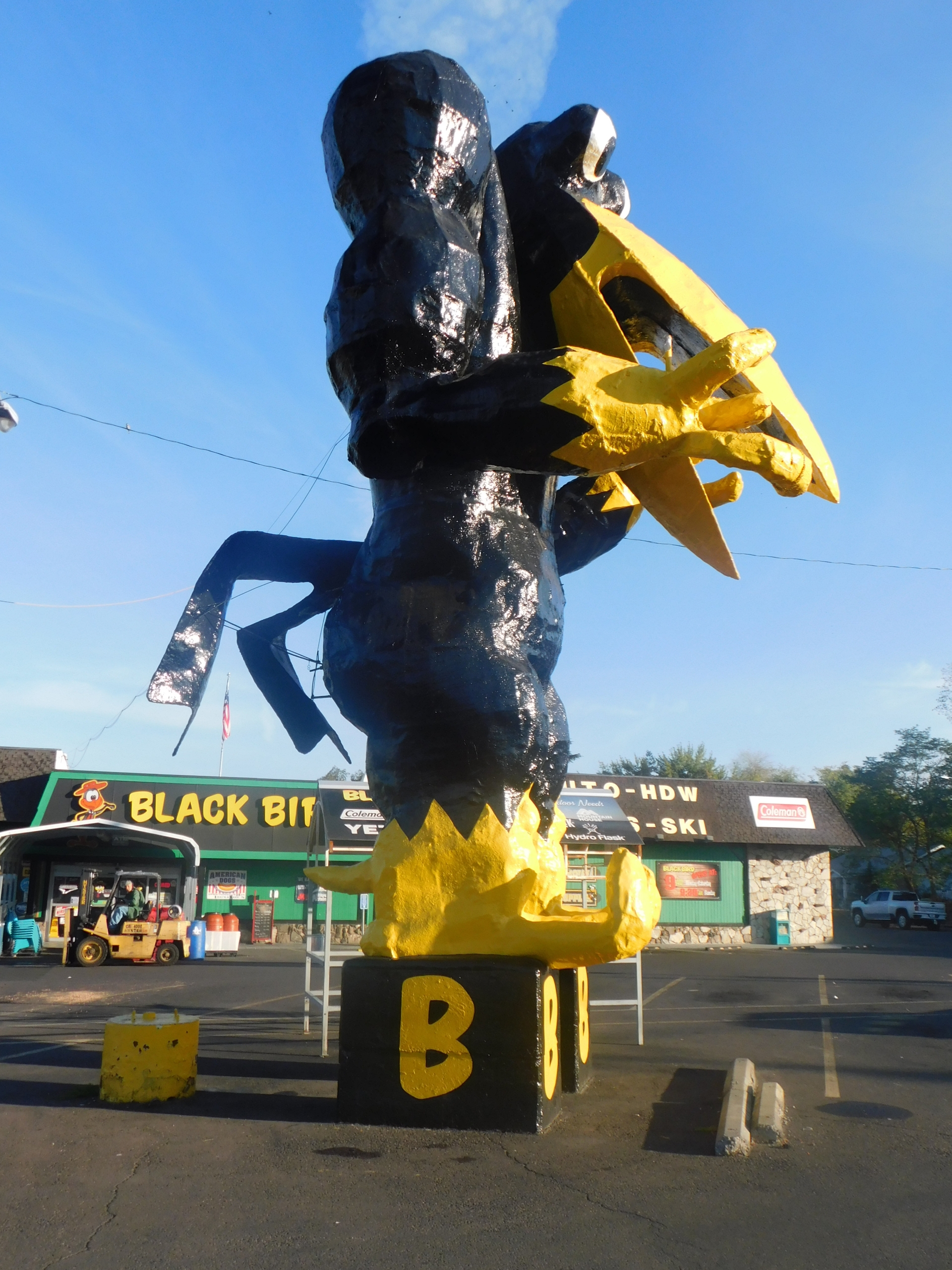 Almost everyone who lives in Medford probably has seen the Black Bird statue located in front the the Black Bird Shopping Center on West Main St. In comparison, Butte Falls’ Ralph Bunyan is a Michelangelo. According to a May 12, 2022 post in The Oregonian, the 29 foot statue dates back to 1965. A now deceased businessman named Lee Hobbs owned an army surplus store, and thinking it needed more visibility, devised the critter. Built of re-bar, hog wire, and fiber glass, it has managed to survive for over 57 years despite bad weather and occasional automotive mishaps.
Almost everyone who lives in Medford probably has seen the Black Bird statue located in front the the Black Bird Shopping Center on West Main St. In comparison, Butte Falls’ Ralph Bunyan is a Michelangelo. According to a May 12, 2022 post in The Oregonian, the 29 foot statue dates back to 1965. A now deceased businessman named Lee Hobbs owned an army surplus store, and thinking it needed more visibility, devised the critter. Built of re-bar, hog wire, and fiber glass, it has managed to survive for over 57 years despite bad weather and occasional automotive mishaps.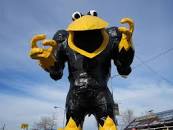 I can only say that the Black Bird gives my avian friends a bad name. It is a completely inaccurate rendering. Perhaps it was intended to be threatening in the manner common to 1960’s horror movies. On the other hand, locals probably would be sad to see it take flight as it has become a landmark. And, the shop has prospered, having grown from a 10,000 sf surplus store to over 50,000 sf. The business has been so successful that another one will be built on the S. Pacific Highway in the Phoenix area, but alas (or not), minus a large bird.
I can only say that the Black Bird gives my avian friends a bad name. It is a completely inaccurate rendering. Perhaps it was intended to be threatening in the manner common to 1960’s horror movies. On the other hand, locals probably would be sad to see it take flight as it has become a landmark. And, the shop has prospered, having grown from a 10,000 sf surplus store to over 50,000 sf. The business has been so successful that another one will be built on the S. Pacific Highway in the Phoenix area, but alas (or not), minus a large bird.

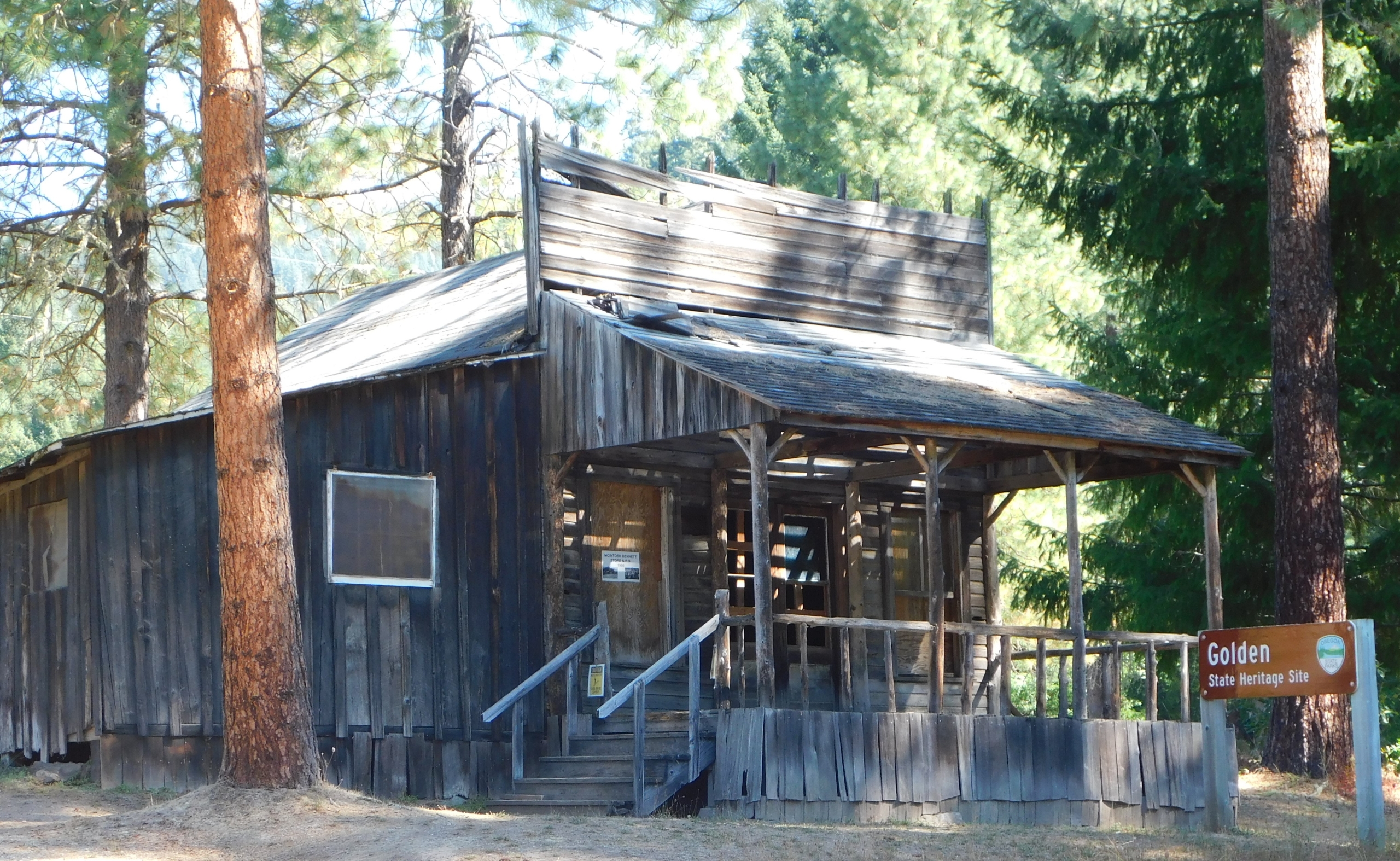
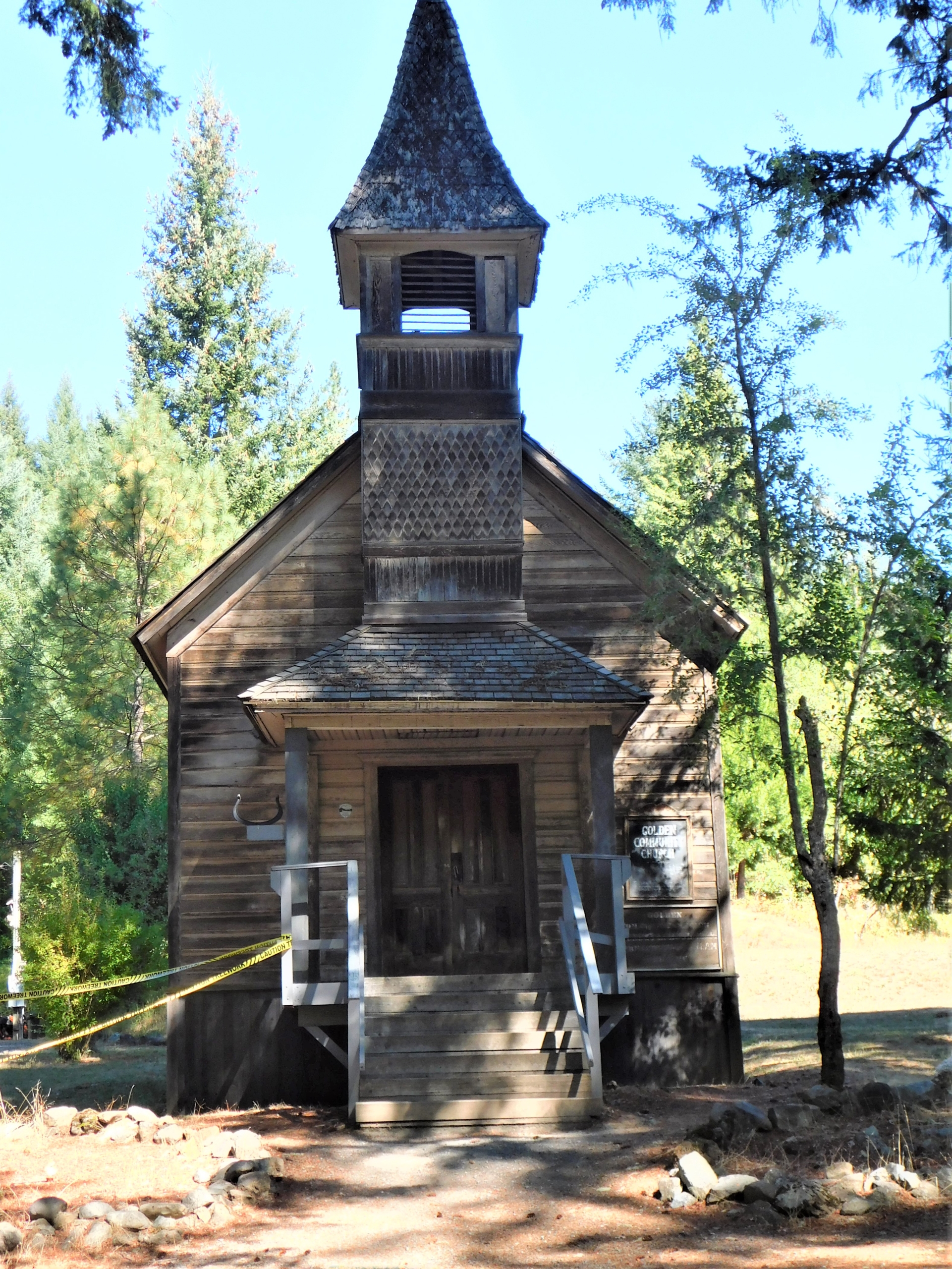
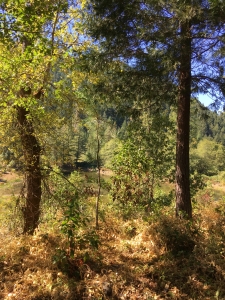
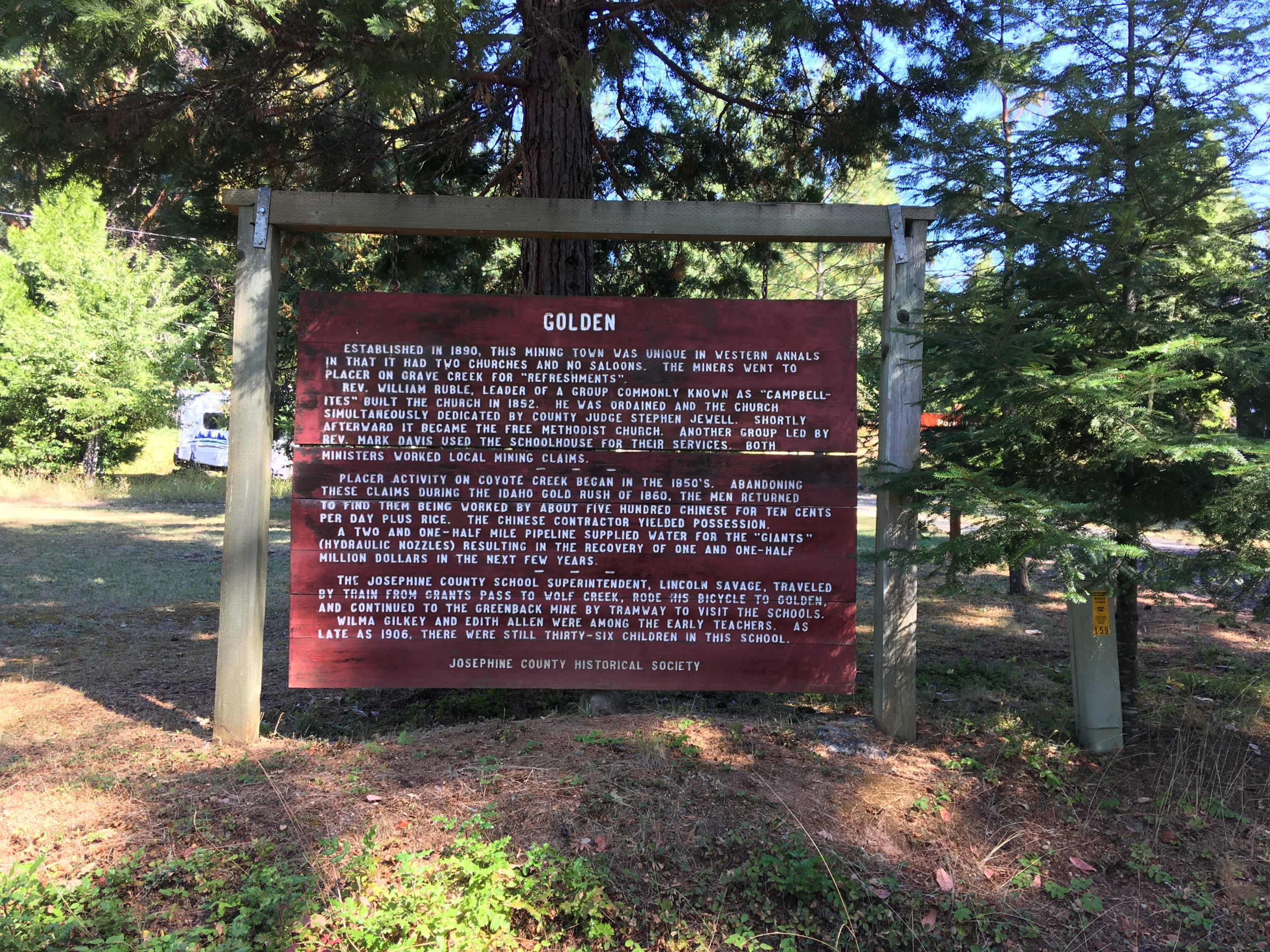
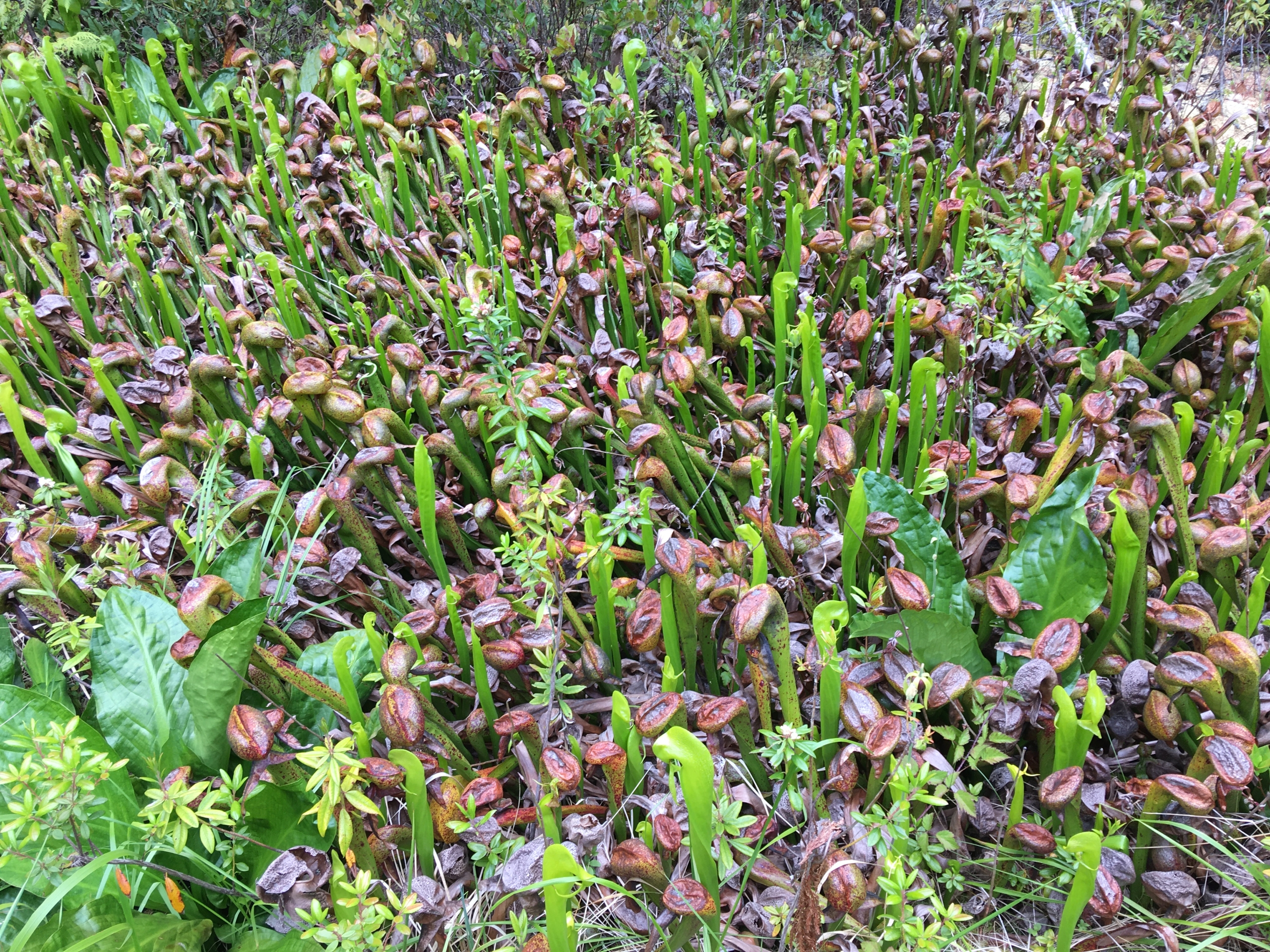 The plants are ten to twenty inches tall, with hooded leaves over hollow tubes. There are hidden openings housing nectar to attract insects. Insects have difficulty finding their way out, eventually falling to the bottom of the tube. They decompose and are absorbed by the plants. Fortunately, this process isn’t visible to visitors, who can enjoy the exotic appearance of the purple and red plants.
The plants are ten to twenty inches tall, with hooded leaves over hollow tubes. There are hidden openings housing nectar to attract insects. Insects have difficulty finding their way out, eventually falling to the bottom of the tube. They decompose and are absorbed by the plants. Fortunately, this process isn’t visible to visitors, who can enjoy the exotic appearance of the purple and red plants.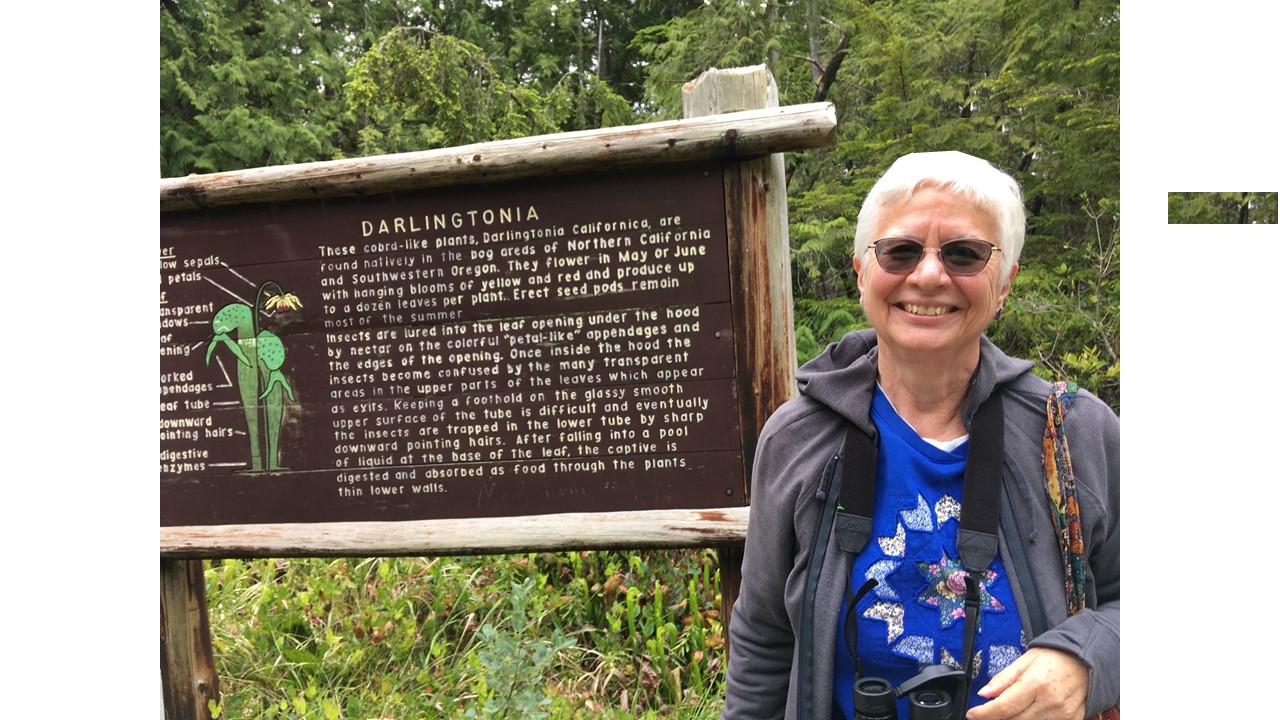

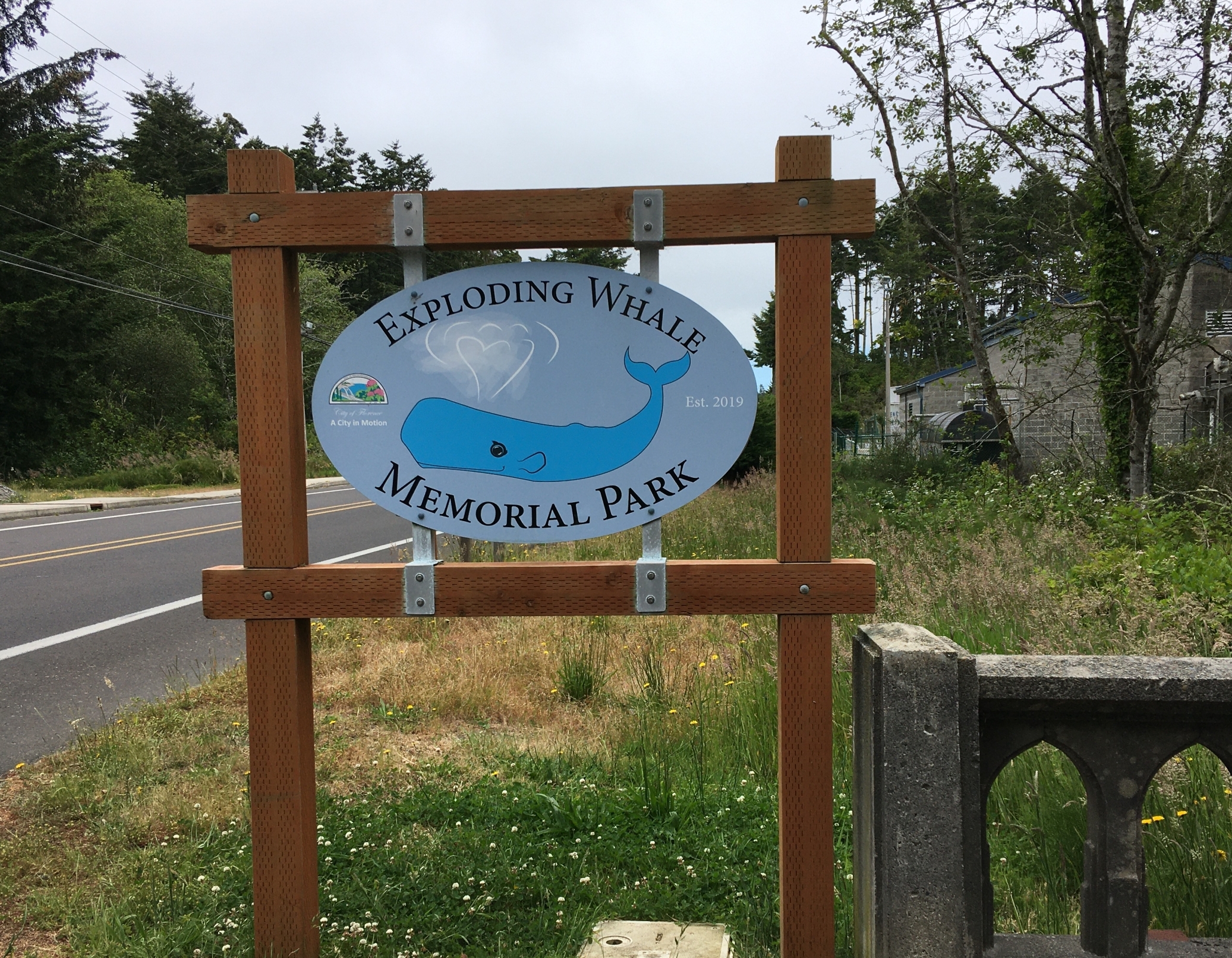
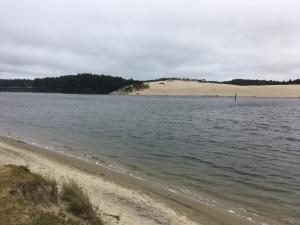
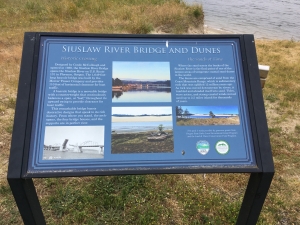
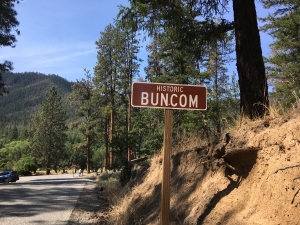 example is treasured, promoted, and restored to within an inch of its death. First established, so to speak, in 1851 by Chinese goldminers, the town later expanded to include a saloon, post office, and general store. Cinnabar, chromium, and silver also were mined. By 1918, the gold was gone and the town abandoned. Most of the buildings burned, but three buildings erected in the early 1900’s survived, including a post office, bunkhouse, and cookhouse. The Buncom Historical Society continues to preserve the buildings. Although on private land, there is parking in front of two of the buildings and they are seen easily.
example is treasured, promoted, and restored to within an inch of its death. First established, so to speak, in 1851 by Chinese goldminers, the town later expanded to include a saloon, post office, and general store. Cinnabar, chromium, and silver also were mined. By 1918, the gold was gone and the town abandoned. Most of the buildings burned, but three buildings erected in the early 1900’s survived, including a post office, bunkhouse, and cookhouse. The Buncom Historical Society continues to preserve the buildings. Although on private land, there is parking in front of two of the buildings and they are seen easily.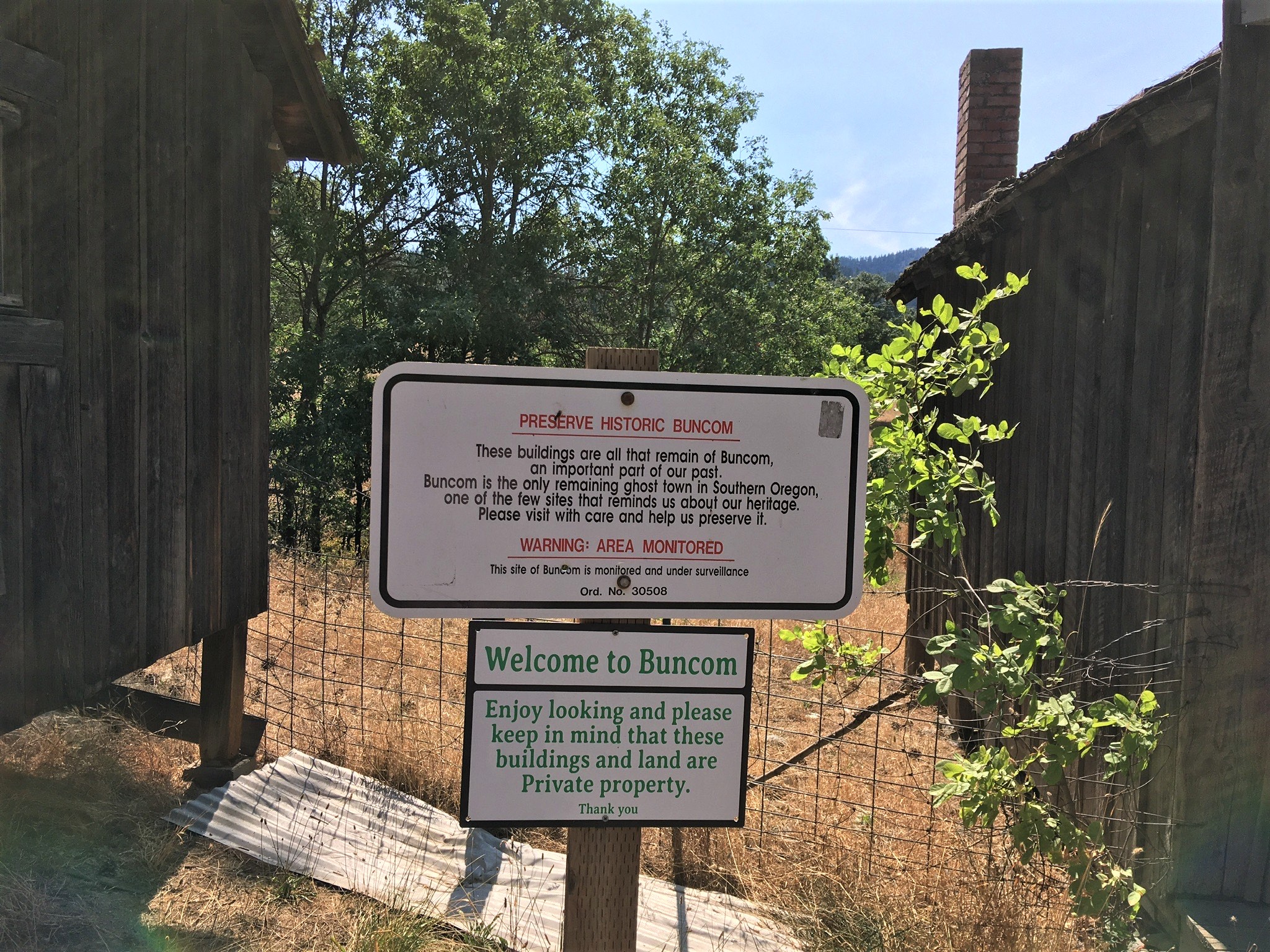 unpaved for five miles, narrow, dusty, and winding. But the dense forest of madrones made it worth it (or at least worth the cost of a subsequent carwash). Located in the Applegate area, there are numerous ranches, farms, and vineyards. It is a pleasant drive and wine afficionados might enjoy stopping at one of the area wineries. — Anne
unpaved for five miles, narrow, dusty, and winding. But the dense forest of madrones made it worth it (or at least worth the cost of a subsequent carwash). Located in the Applegate area, there are numerous ranches, farms, and vineyards. It is a pleasant drive and wine afficionados might enjoy stopping at one of the area wineries. — Anne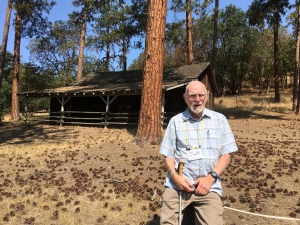 human intervention is easily visible in the form of intact panes of glass in all of the windows. Admittedly, someone decked out with an artificial hip, a brain shunt, a pacemaker, eyeglasses and hearing aids should probably not get excessively uppity about restorative interventions. Nonetheless, my personal bias is that a ghost town should project an air of pitiable dilaptitude rather than structural integrity and tidiness. And I’m sticking to it. A real honest-to-badness genuine-appearing ghost town is still on the list, but it looks like it might take more than a day trip. Stand by, but don’t hold your breath. Aspiringly yours, Bob
human intervention is easily visible in the form of intact panes of glass in all of the windows. Admittedly, someone decked out with an artificial hip, a brain shunt, a pacemaker, eyeglasses and hearing aids should probably not get excessively uppity about restorative interventions. Nonetheless, my personal bias is that a ghost town should project an air of pitiable dilaptitude rather than structural integrity and tidiness. And I’m sticking to it. A real honest-to-badness genuine-appearing ghost town is still on the list, but it looks like it might take more than a day trip. Stand by, but don’t hold your breath. Aspiringly yours, Bob
